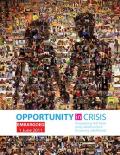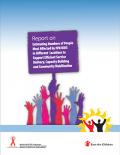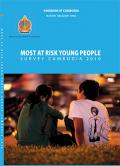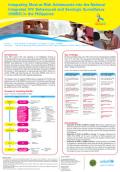Publications on Young People
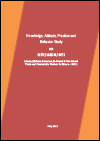

There are various risk factors that can affect young people, such as living in a neighbourhood where drug dealing and drug abuse are taking place and where out-of-school activities are not available. Economic strain on families where parents struggle to meet living costs can influence family relationships negatively, while spending time with peers who are involved in drugs or delinquency while seeking adventure puts young people at higher risk of falling prey to drug abuse.
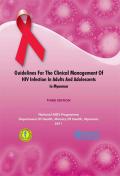
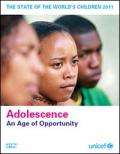
Today, 1.2 billion adolescents stand at the challenging crossroads between childhood and the adult world. Nine out of ten of these young people live in the developing world and face especially profound challenges, from obtaining an education to simply staying alive – challenges that are even more magnified for girls and young women.

